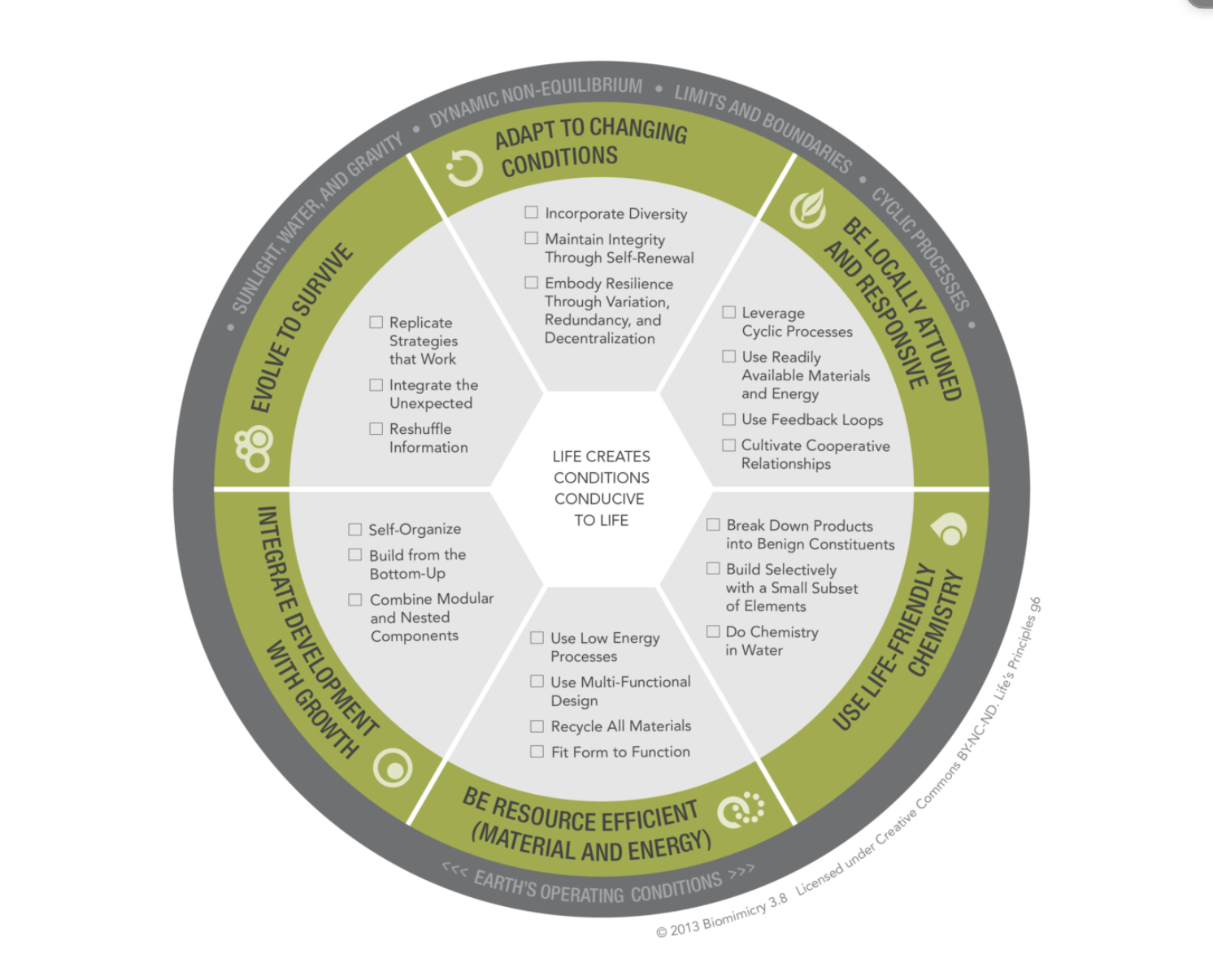An Unexpected Pathway: How Life’s Design For Life Changed Mine
Key Points
-
What if the purpose of school is and always has been to “create conditions conducive to life?”
-
Imagine a world in which these principles were what we thought students should know how to do.

In eighth grade, I was asked to do a research project. It could be anything, but it needed to result in some artifact of learning. At the time, I was an aspiring songwriter and I dabbled with the idea of writing a song from the perspective of a character in some eighth-grade required reading. This idea quickly lost intrigue as it devolved rapidly into writing about my heartbreaking middle school love life. I needed a new idea.
We had just read Thomas Moore’s Utopia in class and my mind was full of the possibility of “What if…?”. I went to my parents, the bearers of good ideas, and asked them if they had any ideas of what I should learn about. (What a question.)
Fortunately, my dad told me about something that set me on a journey of discovery – one that is finding renewed and even more vibrant relevance in my life today.
My dad, an architect, told me about the concept of biomimicry—how wind turbines were often shaped after the designs and curvatures of bird wings and dolphin fins, how termite hills were uniquely well adapted for cooling structures through their systems of tunneling and how materials sciences were bound for a breakthrough. He softly encouraged me to learn more.
I went to my local library and checked out Biomimicry: Innovation Inspired by Nature by Janine M. Benyus. Over the course of my research (aka looking at pictures, diagrams and bolded words), I began to see things through a new lens off the page. I started spotting places where our world rubbed with friction against nature’s design and places where they met in harmony. It would not be a surprise to me if this project, and others like it, are why I get so energized around interrogating society’s status quo. Is it by design? Is it arbitrary? Have we been paying attention?
In a recent episode of On Being, Janine was interviewed by Krista Tippet, bringing rushes of this project back to the fore. In this conversation, she says one of the more miraculous things: “[life] creates conditions conducive to life.” It’s a simple sentiment, but incredibly complex. I began wondering if that’s how I live my life—if that’s how we design schools and communities.
Janine also alluded to the revised design principles of biomimicry. Her book was the first time I saw a replicable blueprint for design. Since then I’ve seen many more (design thinking, etc.), but this one stuck with me. The revised 26 Principles of Life are:

Adapt to Changing Conditions
- Incorporate Diversity
- Maintain Integrity Through Self-Renewal
- Embody Resilience Through Variation, Redundancy and Decentralization
Be Locally Attuned and Responsive
- Leverage Cyclic Processes
- Use Readily Available Materials and Energy
- Use Feedback Loops
- Cultivate Cooperative Relationships
Use Life-Friendly Chemistry
- Break Down Products into Benign Constituents
- Build Selectively with a Small Subset of Elements
- Do Chemistry in Water
Be Resource Efficient (Material and Energy)
- Use Low Energy Processes
- Use Multi-Functional Design
- Recycle All Materials
- Fit Form to Function
Integrate Development With Growth
- Self Organize
- Build From the Bottom-Up
- Combine Modular and Nested Components
Evolve to Survive
- Replicate Strategies that Work
- Integrate the Unexpected
- Reshuffle Information
My eighth-grade self wound up designing a rough blueprint of an electricity-free microphone modeled after the body of a cicada, one of the loudest creatures I knew of on a decibel-to-centimeter scale. To this day I have no idea if it would work. The learnings from this project ran much deeper than a product. It shaped the way I navigate and see the world today.
Imagine a world in which these principles were core teachings of school and projects. What if the purpose of school is and always has been, to quote Janine, to “create conditions conducive to life?”







0 Comments
Leave a Comment
Your email address will not be published. All fields are required.